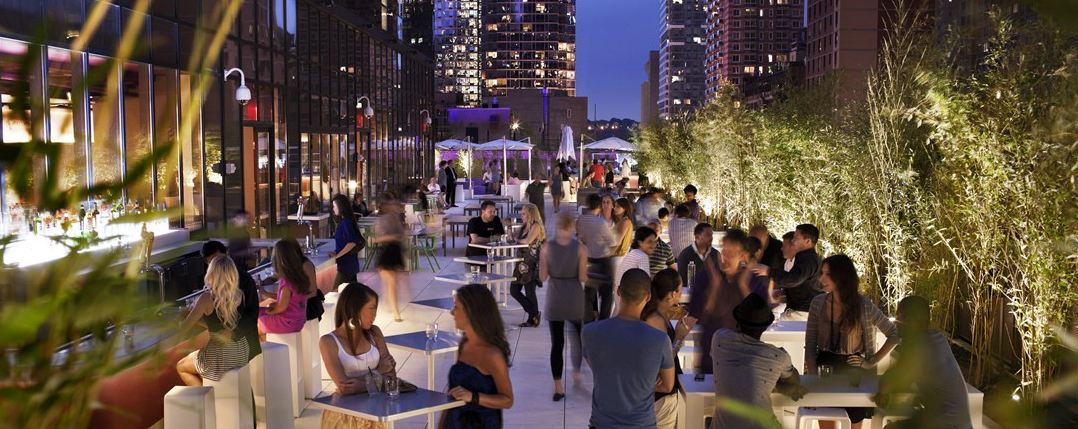How to serve larger areas with fewer staff
Terraces, Gardens, VIP zones, Halls or Beaches

Distant areas in hotels and restaurants are difficult to serve due to their remoteness from the main hall, bar or kitchen. The gardens, terraces, VIP zones, smoking areas, and beaches are magnificent places, seasonally crowded even more than the main hall. Servicing such areas is a challenge due to various reasons. Remoteness from the execution place – bar or kitchen - is the main, but not the single reason.
Personnel servicing such areas is usually fewer, at the same time turning kilometers of taking and executing orders. On the beach for example, waiters carrying drinks spend their day walking on the hot sand, which is extremely exhausting in the heat. Likewise, waiters don’t stay for too long in the cold and smoky smoking areas. This leads to unhappy clients, overworked staff and dissatisfied owner, who has moreover missed not a few orders and turnover.
Which are the actions to undertake to improve servicing in remote areas?
Since cloning and teleporting waiters has not been invented yet, we should find another solution. Hiring additional staff is not always bringing the desired effect, yet in most cases worsen the service while adding costs. Microeconomics says you should make a technical innovation if you can’t gain productivity by increasing human resources. Let your customers have the menu in their hands alone, make informed choice on their own and order directly with the waiter’s minimal intervention.
Is this possible? Impossible is nothing!
In the modern digital world, impossible is nothing. Thinking out of the box is enough. By implementing digital menu with the ability to call a waiter and make direct orders we will attain surprising results for our customers, staff and even for ourselves.
Digital menu: Let your customers download and browse digital menu on their own. It minimizes servicing time. It is comprehensive, with pictures, descriptions and recommendations. This enables customers to make their choice quick and easy. Still they can wait and ask the waiter what is his recommendation among the three main courses they have chosen.
Service calling system: the fifth Murphy’s Law says: When you need the waiter, he’s always gone. Unfortunate, but true. The customer has just ordered, but he decides to order something more. Unfortunately the waiter is not going to appear in the next 7-10 minutes, because he has already taken the order. We are in a hurry for an appointment and we want to pay the bill, but the waiter is not around again. 5 minutes after we have called the bill, we’re still waiting. If we implement a technology that allows the customer to call the waiter when he needs service, this would decrease the time for waiting and will optimize personnel. Imagine that your customer, with just a few clicks, is able to call service, the bill in cash/ card, ice, paper napkins, and everything else your customers usually need. This is not surreal, it is real. Such smart solutions are now available in Bulgaria as well, like Quick Orders for example, which make this possible.
Direct ordering system. If we want to diminish the waiting time up to the minimum, and we are innovative and forward enough, we could dare and implement a system that enables customers to order directly. Yes, it may looks like a science fiction, but this is how a large number of restaurants around the world operate. And all of them consider this to be the future of A la card service. New generation wants these technologies and prefers restaurants, which can provide them. We all prefer restaurants with special attention to us and value our time.
The good news is that there are such solutions on our market, some better than others. The important thing is that we have a choice. The implementation of such systems would take 2 to 3 business days. The only thing we should do is to print the QR codes and position them on the tables and sunbeds, and leave the rest to your customers.
Previous